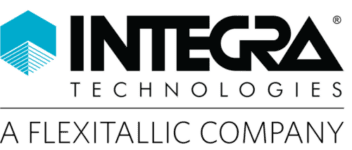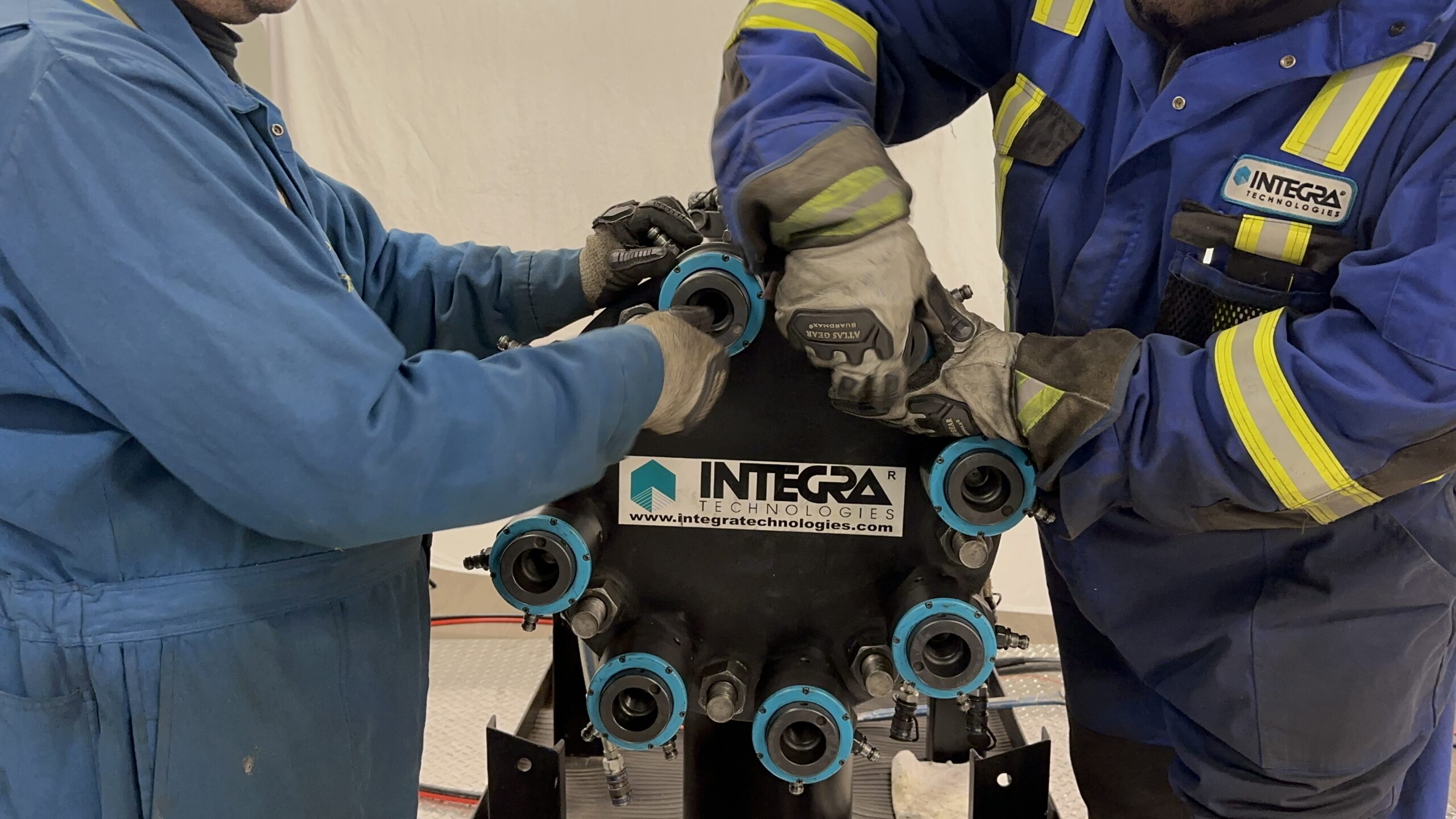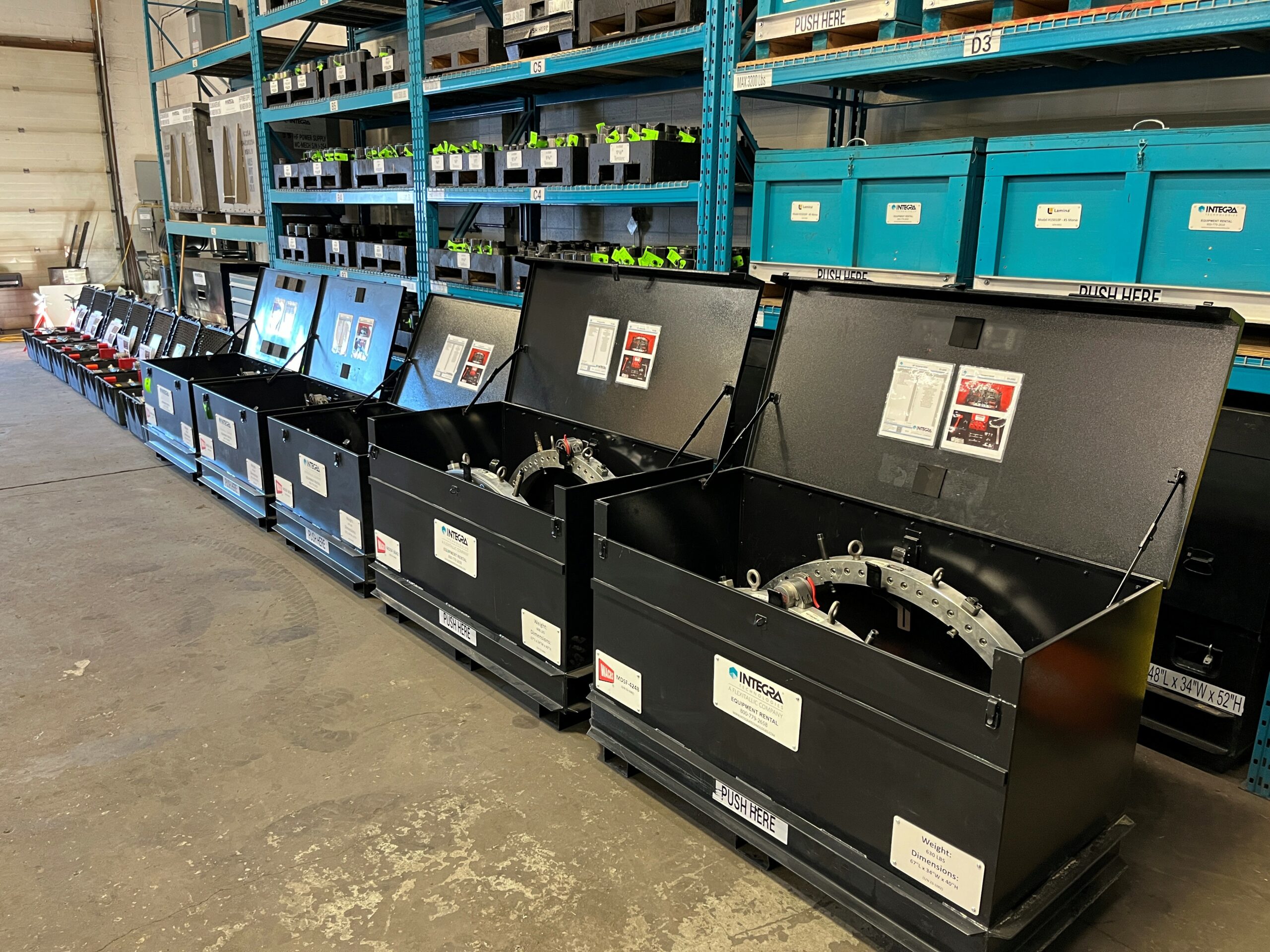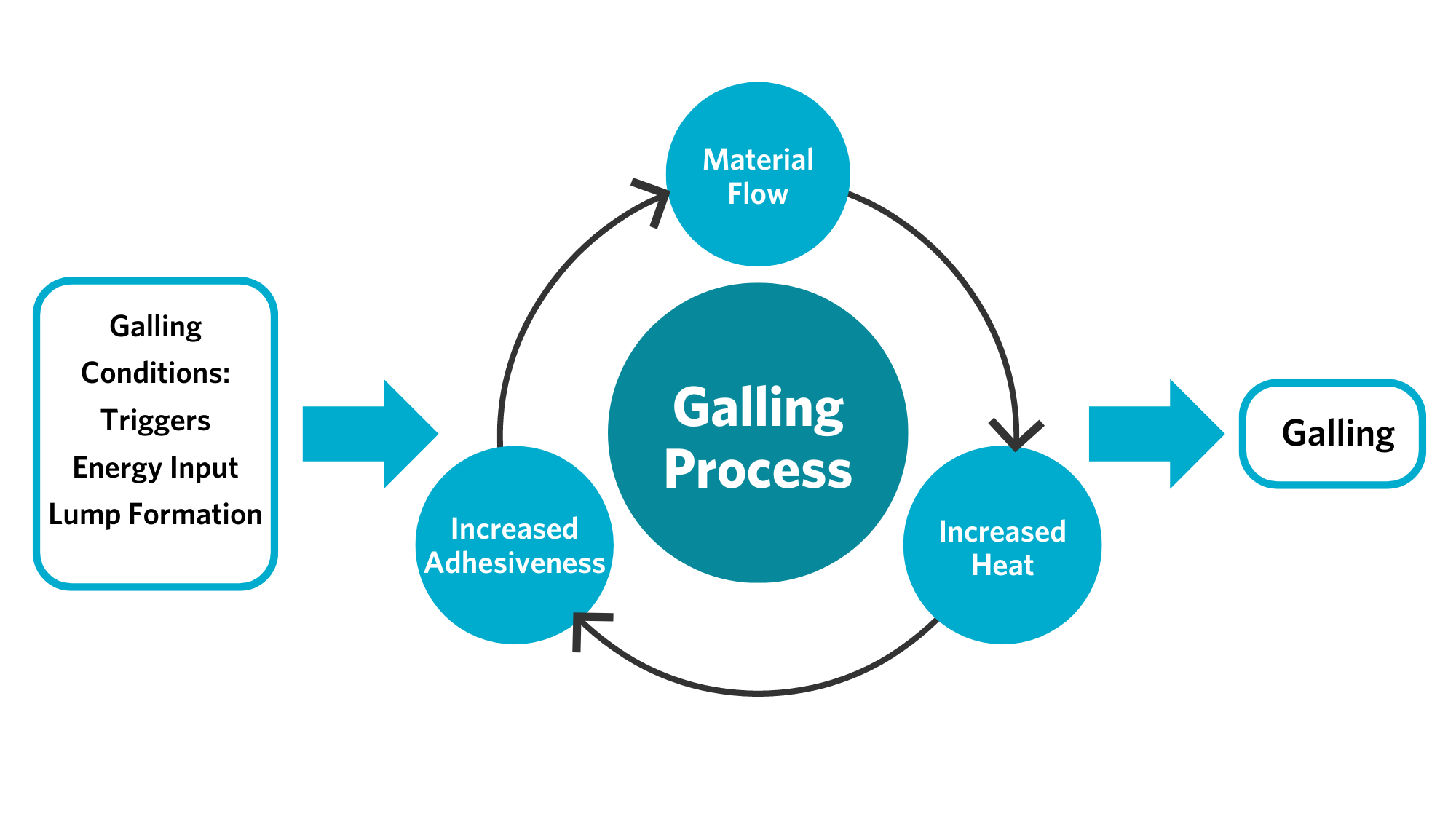Leak-Free Start-Ups : Process & Pitfalls
Bolted joint assemblies are dynamic systems, and a variety of factors can impact their sealing capacity. In this article, we review the process involved in developing leak-free start-ups, common pitfalls that we see out in the field, and how INTEGRA can help eliminate leaks in your bolted joint assemblies.
The Process
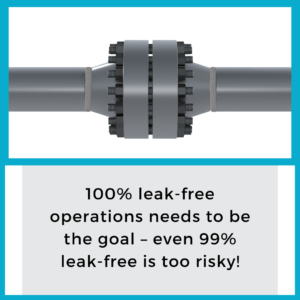
Breakdown is also a critical phase in establishing a zero-leak start-up. Data must be gathered regarding the assembly, alignment, and condition of the gasket faces. When a flange is taken apart quickly because it is a known bad actor, crucial information could be missed regarding the cause of the current leak. Rushed breakdowns could result in a repeat of the problem prompting the initial disassembly.
Finally, reassembly must follow specific rules to ensure zero leaks. Installation must be within requirements for alignment and gapping. Flanges must not be too far apart, offset, or at an angle. These errors cannot be adequately overcome through practices like hydraulic bolt tensioning.
Materials such as gaskets and fasteners cannot be reused when torquing flanges. The gasket sealing surface must be at a certain level of cleanliness and free of flaws. Studs must also be of the proper length to allow adequate bolt tensioning, if that is the controlled bolting method of choice. Any of these details may cause a leak if not addressed, emphasizing the need for the entire process to be overseen by professionals trained to ensure consideration of all relevant factors.
Key Components
Factors beyond the assembly itself also influence the leak status of bolted joints. As mentioned, workers must be trained in and competent with all aspects of bolted joint disassembly and assembly; however, no amount of training can eliminate the impact of faulty equipment. Equipment must be operational, safe, and calibrated. Failure to ensure both of these components can result in an improper assembly, increasing the risk of injury and error.
Furthermore, different types of equipment utilize different techniques to apply load and allow for different levels of accuracy. Hand torquing equipment, bolt tensioning equipment, and hydraulic fasteners all contain different amounts of error regarding load application. Tools such as pneumatic torque guns can lose load over time if not consistently calibrated, impacting assembly accuracy. Such variations must be accounted for from planning through implementation to enable a zero-leak start-up.
Common Pitfalls
There are several pitfalls that inhibit zero-leak start-ups, but the most common problem in the industry is a lack of applied load. This is most often caused by the use of incorrect equipment, poor alignment, or incorrect load calculations. Practices such as reusing old studs and gaskets can also reduce load, leading to leaks. Gasket errors are another common pitfall that can cause improper alignment and reduce loads. These include using gaskets of the wrong size or material, reusing gaskets, and failing to address gasket sealing surface imperfections.
INTEGRA’s Role
Establishing zero-leak start-ups is a complex undertaking, but INTEGRA brings safety, expertise, and follow-through to the process. At INTEGRA, safety is our priority, and it is enabled by our experience, preparation, and organization. Every aspect of our engagement benefits from the competence of our people, from management to technicians, and that contributes to our success. 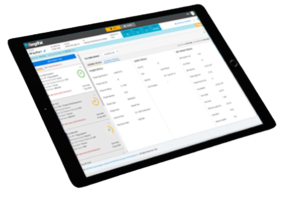

That expertise drives our engagement in your leak-free start-ups. We can help the most when we’re there with you from start to finish. INTEGRA can help during the planning phase with our FlangeTrak® Leak Prevention software system, which gathers data on actions taken on the flange, equipment used, manhours required, and obstacles involved. Such data focuses problem solving on bad actors by eliminating repetition and highlighting factors not yet considered.
INTEGRA also helps during the breakdown phase by gathering necessary data regarding the assembly, alignment, and condition of the gasket faces. We can assist in determining if the gasket face needs to be re-machined due to serration issues or flatness concerns. Finally, we assist with reassembly, ensuring proper alignment and load through our competent workers and calibrated equipment.
If all pitfalls have been resolved regarding bad actors, our engineers can assist in finding alternative solutions. This might include hydraulic nuts, specialized tooling, expert modification of procedures, or transitioning to tensioning. In some cases, our engineers develop customized products to suit your unique needs.
We sweat the small stuff.
When we eliminate small problems, we help prevent big ones. At INTEGRA, we’re consistently focused on every aspect of your bolted joint assembly, whether we’re working on a small, seemingly inconsequential flange or a large high-pressure, high-temperature gas line. We approach each task with the same consistency and dedication to excellence, because you require certainty of outcome. We can help you make sure every flange on your site is a zero-leak flange.
